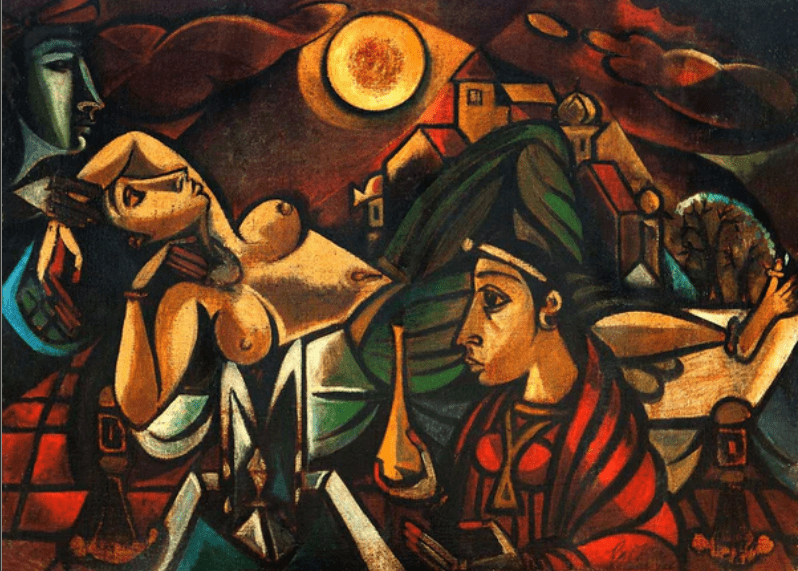How to Appreciate Abstract Art Without Preconceived Notions
Introduction
Abstract art often evokes intense reactions—confusion, curiosity, skepticism, or awe. For many, the challenge lies in how to appreciate abstract art without expecting a literal narrative or recognizable subject. We’re conditioned to seek meaning through familiar forms. But abstract art invites us to let go of these expectations and embrace the emotional, instinctive, and personal. In a world increasingly driven by logic and instant comprehension, abstract art offers a much-needed escape into pure perception.
In this post, we’ll explore how to experience abstract art with openness and sincerity, stripping away the filters of preconceived notions. Whether you’re new to the genre or seeking a deeper connection, this guide will help you navigate abstraction with a fresh perspective.
What Is Abstract Art?
Abstract art is a visual language that avoids realistic depiction and instead uses shapes, colors, forms, and gestural marks to express emotion, atmosphere, or ideas. Unlike representational art, which mirrors the physical world, abstract art prioritizes the unseen—inner emotions, spiritual realities, and conceptual truths.
Artists like Wassily Kandinsky, Piet Mondrian, and Jackson Pollock pioneered this approach in the 20th century, challenging viewers to move beyond the literal. Today, abstract art spans countless styles, from minimalist color fields to complex, layered compositions, making it one of the most diverse and dynamic art forms.
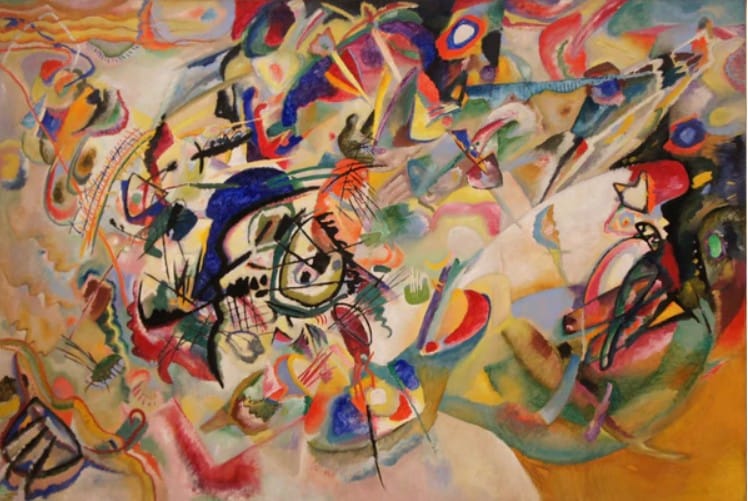
The Power of Letting Go
The first step to truly appreciate abstract art is to let go of the need for immediate understanding. Abstract art doesn’t offer clear answers—it invites questions. Instead of asking, “What is this?”, ask yourself “How does this make me feel?” or “What energy or emotion does this convey?”
Approaching a painting without the pressure to interpret can be liberating. It allows your intuition to take the lead, making the experience more personal and less intellectual. You’re not decoding a message; you’re participating in an emotional dialogue.
Common Misconceptions About Abstract Art
Many people struggle with abstract art because of deeply rooted misconceptions. Here are a few common ones:
- “Anyone can do this.”
While abstract art may appear simple, creating a compelling abstract work requires mastery of composition, color theory, and emotional expression. - “It doesn’t mean anything.”
Abstract artists often infuse their work with deep meaning, but it may not be literal or universally interpretable. The lack of obvious meaning does not equate to a lack of intention. - “It’s just a mess of shapes and colors.”
What appears chaotic might actually follow a specific rhythm or structure. Just as in music, abstraction in art can have harmony, tension, and resolution.
Understanding these myths helps free you from the biases that block true appreciation.
Understanding the Artist’s Intention (or Not)
Some viewers prefer to read about the artist’s background or intent before engaging with a piece. While this can be helpful, it’s not necessary. In fact, sometimes it’s more powerful to encounter the work first, draw your own emotional responses, and then explore the artist’s perspective.
Artists like Mark Rothko, for example, wanted viewers to stand before their massive color fields and feel overwhelmed—not analyze them. When you look at art with an open mind, you give it room to speak in its own language.
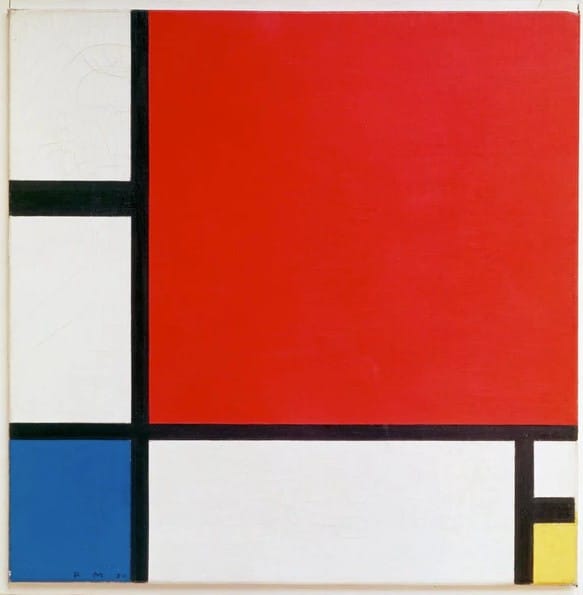
The Role of Emotion in Abstract Art
Unlike realistic art, which tells you what to see, abstract art tells you what to feel. The emotional impact of colors, lines, and forms can bypass logic and strike directly at the heart. A canvas filled with jagged red strokes may evoke anger or passion; soft gradients of blue and grey may inspire calm or melancholy.
Allow yourself to respond emotionally before mentally. Trust your first impression. The power of abstract art lies in its ability to resonate with your mood, memories, and subconscious feelings—things that can’t always be explained but are deeply felt.
Observing Without Labeling
One powerful technique for appreciating abstract art is non-judgmental observation. This involves simply noticing what’s in front of you:
- What colors dominate the canvas?
- What direction do the brushstrokes move?
- Is there a sense of movement or stillness?
- Are the shapes geometric, organic, or chaotic?
Describe what you see without labeling it as good or bad, beautiful or ugly. This mindfulness approach deepens your engagement and can shift your experience from confusion to curiosity.
Letting the Art Speak to You
Abstract art is a conversation. Sometimes it whispers, sometimes it shouts. The key is to listen.
You may feel nothing at all—and that’s okay. Not every piece will resonate with you. But when it does, you’ll know. The connection may be subtle or intense, immediate or delayed. Let the experience unfold naturally.
Ask yourself:
- Does this remind me of a dream, memory, or emotion?
- What sensations do I feel while looking at this?
- Is there a narrative forming in my mind, even if it’s abstract?
These questions shift your focus from understanding the artist to understanding yourself.
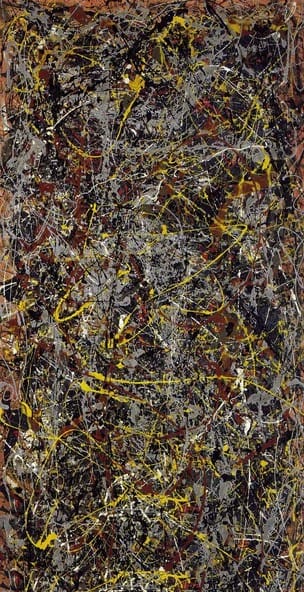
Abstract Art and Personal Interpretation
One of the most beautiful aspects of abstract art is that there are no right or wrong interpretations. Your response is valid, even if it’s different from someone else’s. This makes abstract art deeply personal and uniquely yours.
For instance, two people may view the same painting and come away with completely different impressions—one sees despair, another sees hope. Both experiences are authentic.
Abstract art meets you where you are. It reflects your internal world as much as it reflects the artist’s.
Approaching Abstract Art in Galleries and Museums
When visiting galleries or museums, give yourself time to engage with abstract works. Don’t rush from piece to piece. Instead:
- Stand at various distances to see how the work changes.
- Sit quietly in front of a piece that draws you in.
- Read the label after you’ve formed your own impressions.
- If available, listen to or read the artist’s statement for context.
Be patient. Some artworks reveal themselves slowly. And remember, the goal is not to “get it” but to experience it.
The Importance of Repeated Viewing
Like a favorite song that grows on you over time, abstract art often becomes more meaningful the more you engage with it. Repeated viewing allows your perception to evolve and deepens your connection to the work.
This is especially true when viewing the same artwork in different emotional states or lighting conditions. You might notice colors you overlooked, or a pattern you hadn’t perceived before.
Consider revisiting online galleries or saving images of works that intrigue you for deeper reflection.
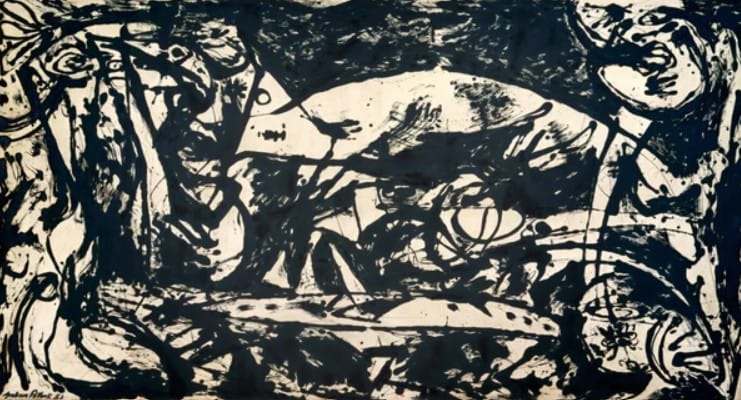
Abstract Art in Your Everyday Life
You don’t need to be in a gallery to appreciate abstract art. Surrounding yourself with abstract works in your home, office, or digital spaces can cultivate emotional awareness and aesthetic pleasure.
When choosing abstract art for your personal space:
- Select pieces that resonate emotionally.
- Consider the mood they evoke.
- Don’t worry about matching your decor—focus on how the art makes you feel.
You can also engage with abstract creativity by experimenting with your own expression—through doodling, photography, digital art, or painting. Creation enhances appreciation.
Cultural Perspectives on Abstraction
Abstract art is not a Western invention—it has roots in cultures across the globe. Islamic geometric art, Indigenous patterns, and East Asian ink brush abstraction have all contributed to the evolution of non-representational art.
Recognizing this global heritage helps you appreciate abstraction not as an elitist modernist concept, but as a universal language. This understanding aligns with our philosophy at ISKUSS, where we celebrate diverse cultural expressions from around the world.
Explore our ISKUSS Collection to discover how abstraction is rooted in both ancient tradition and contemporary innovation.
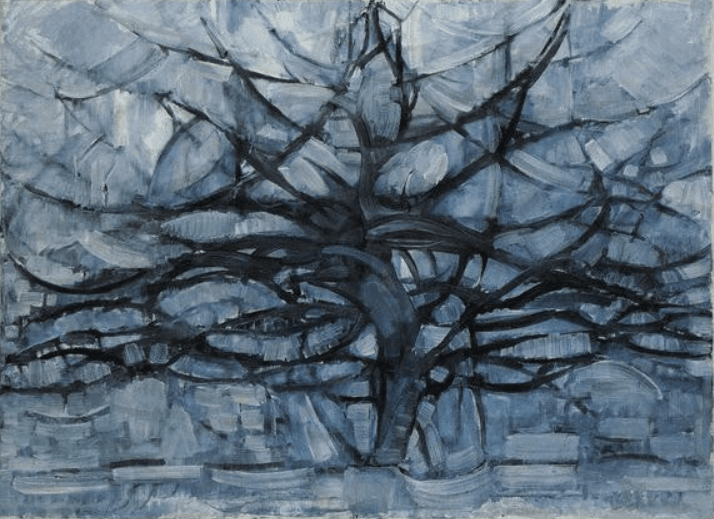
When You Still Don’t “Get It”
If abstract art continues to elude you, that’s okay. Appreciation takes time. Like poetry or music, not every piece will speak to you—and that doesn’t reflect on your intelligence or taste.
Try looking at art with someone else and sharing your impressions. Group interpretation can lead to new insights and richer appreciation. Join gallery tours, listen to artist interviews, or attend abstract art workshops to develop your visual literacy.
Above all, be kind to yourself. You don’t have to be an expert. You just have to be open.
Recommended Resource for Further Exploration
For readers looking to deepen their understanding, visit Tate’s Guide to Abstract Art, which offers historical context, artist profiles, and visual examples of abstraction across time.
Conclusion
To appreciate abstract art without preconceived notions, you must embrace openness, curiosity, and emotional honesty. Let go of the need to understand and allow yourself to experience. Observe without judgment. Interpret freely. Connect with your own feelings, rather than searching for the artist’s intended message.
In doing so, you’ll not only unlock the power of abstraction, but also expand your own creative perception. Abstract art doesn’t just show you something—it invites you to see differently.
As you explore the world of abstraction, consider supporting artists who challenge convention and emotion through form and color. At ISKUSS, we curate artworks that reflect this spirit—bold, intuitive, and culturally resonant.
Visit ISKUSS today and find abstract art that speaks to your soul.
